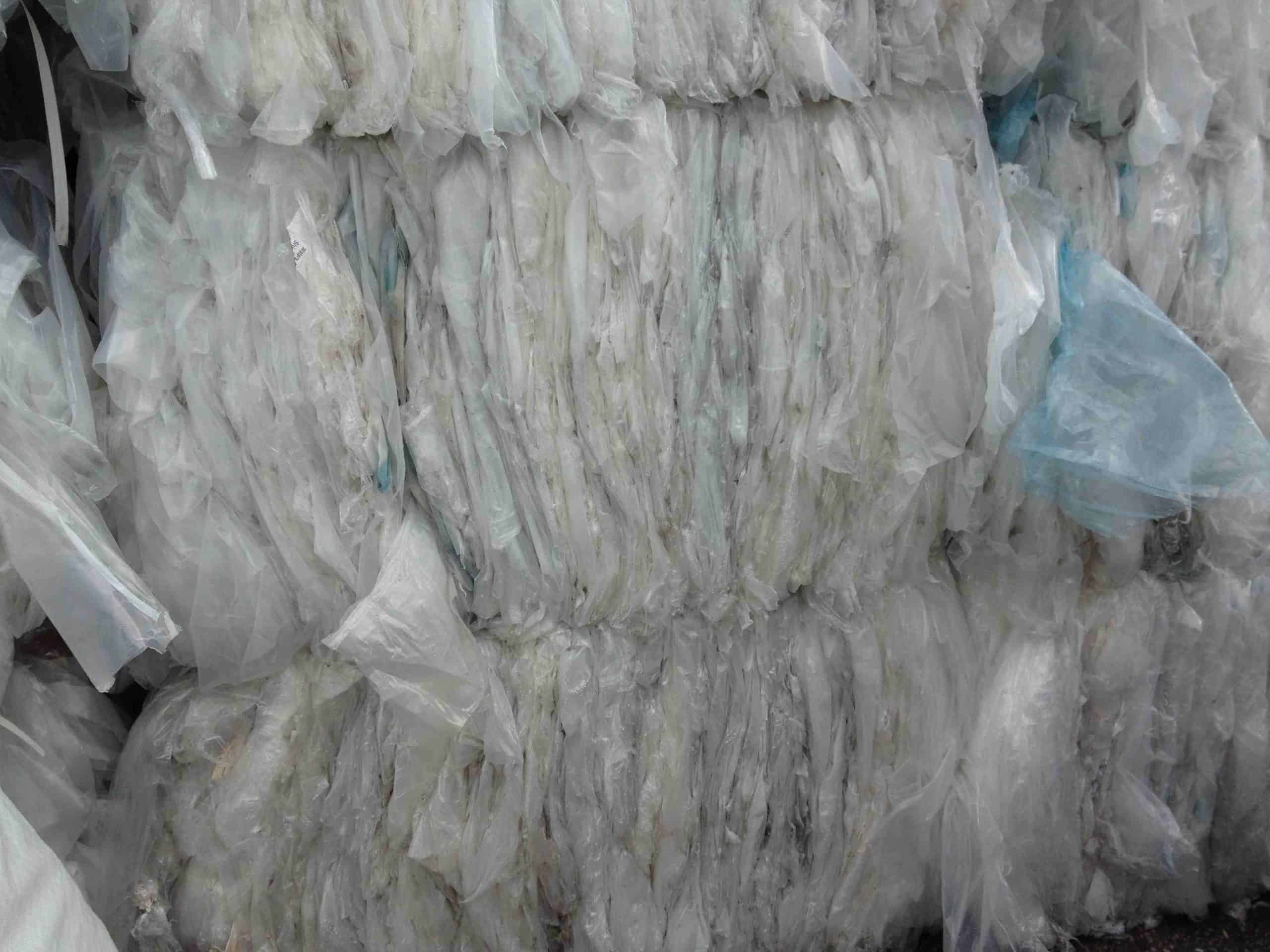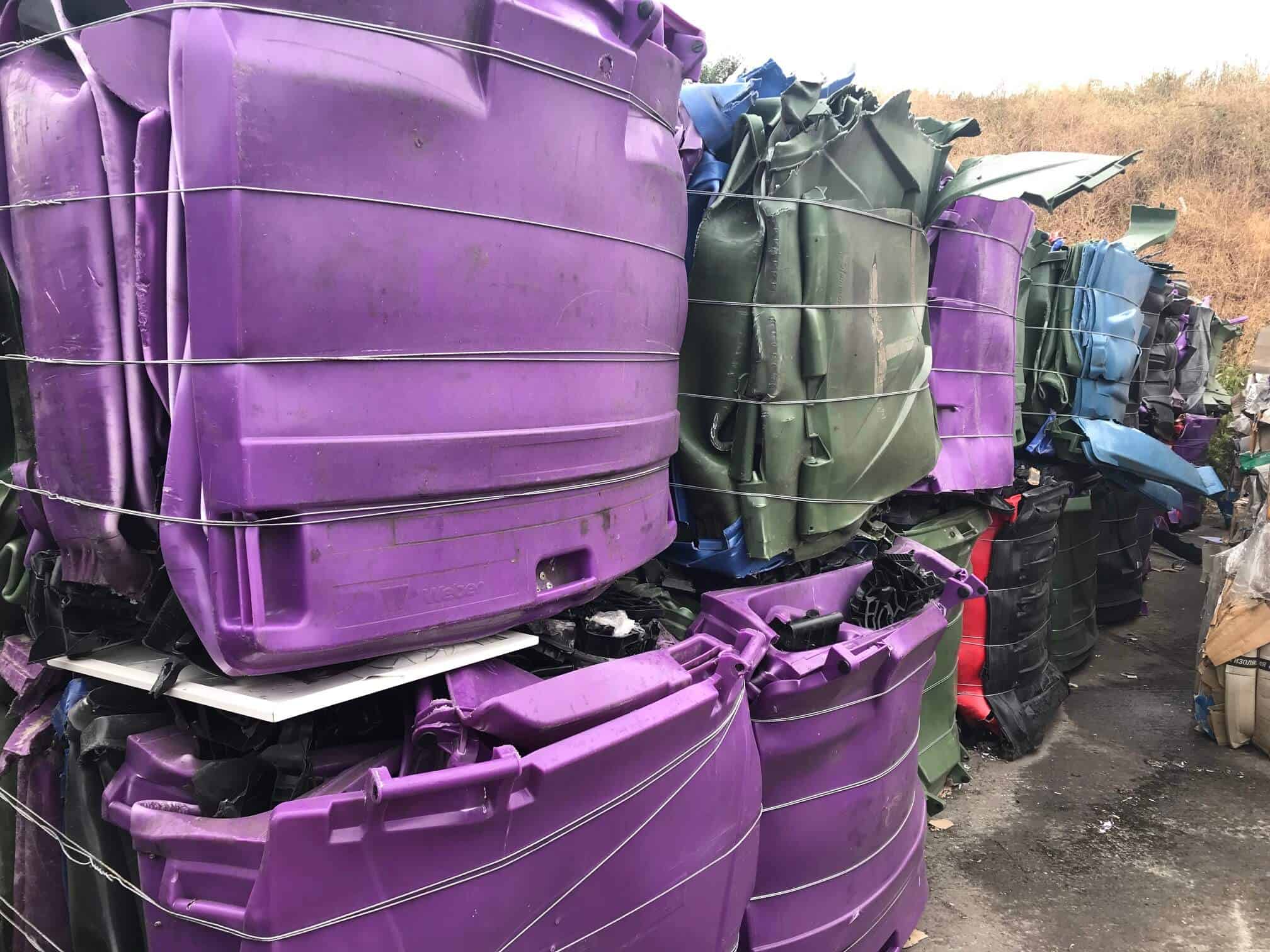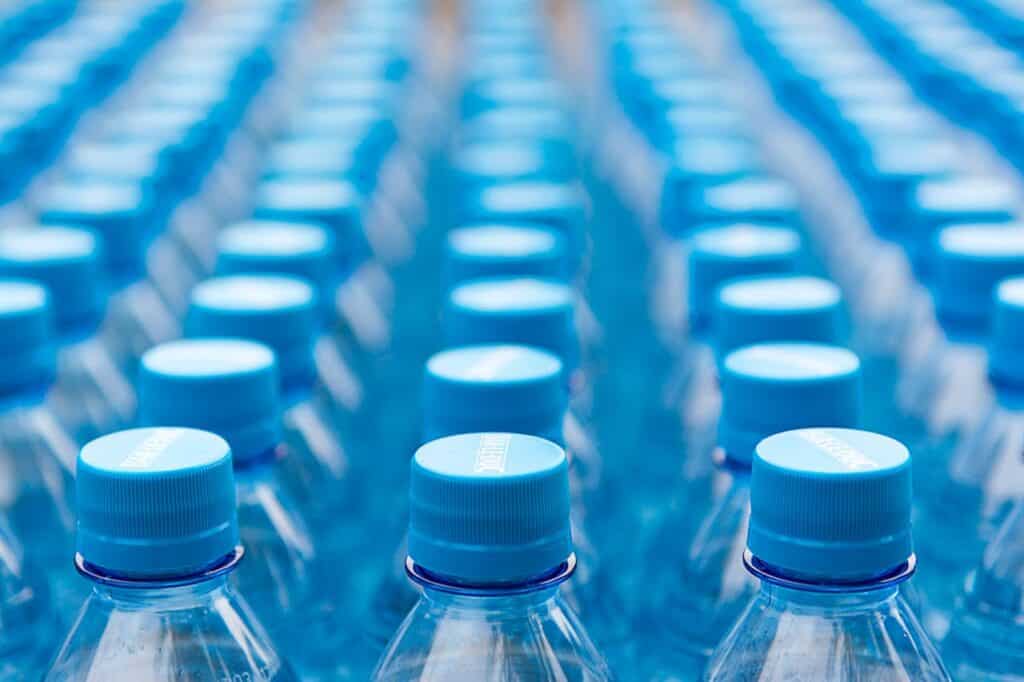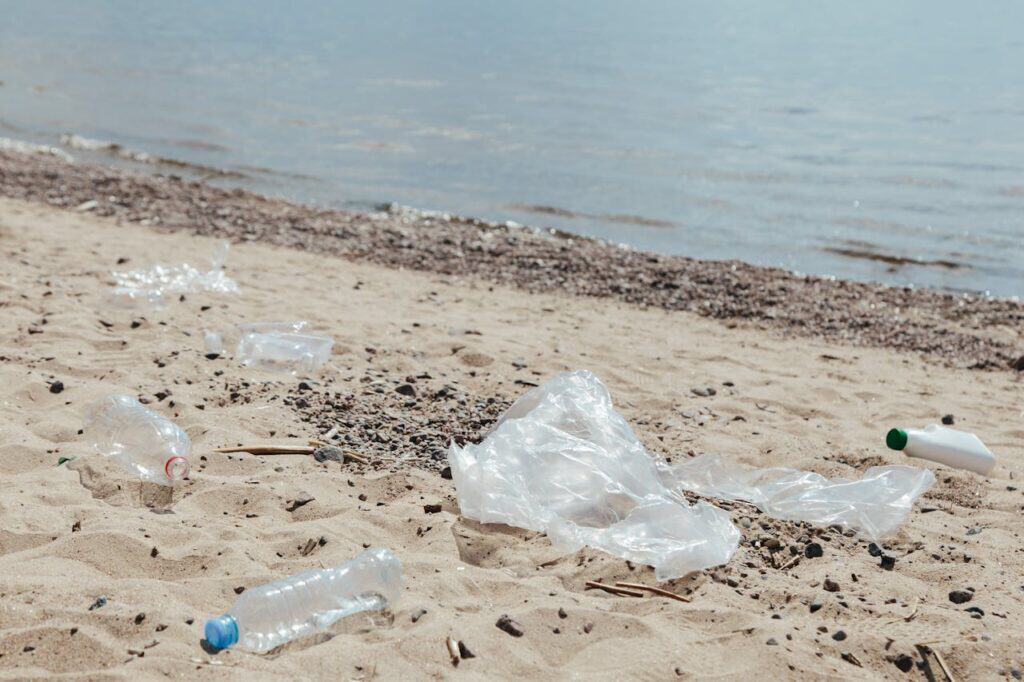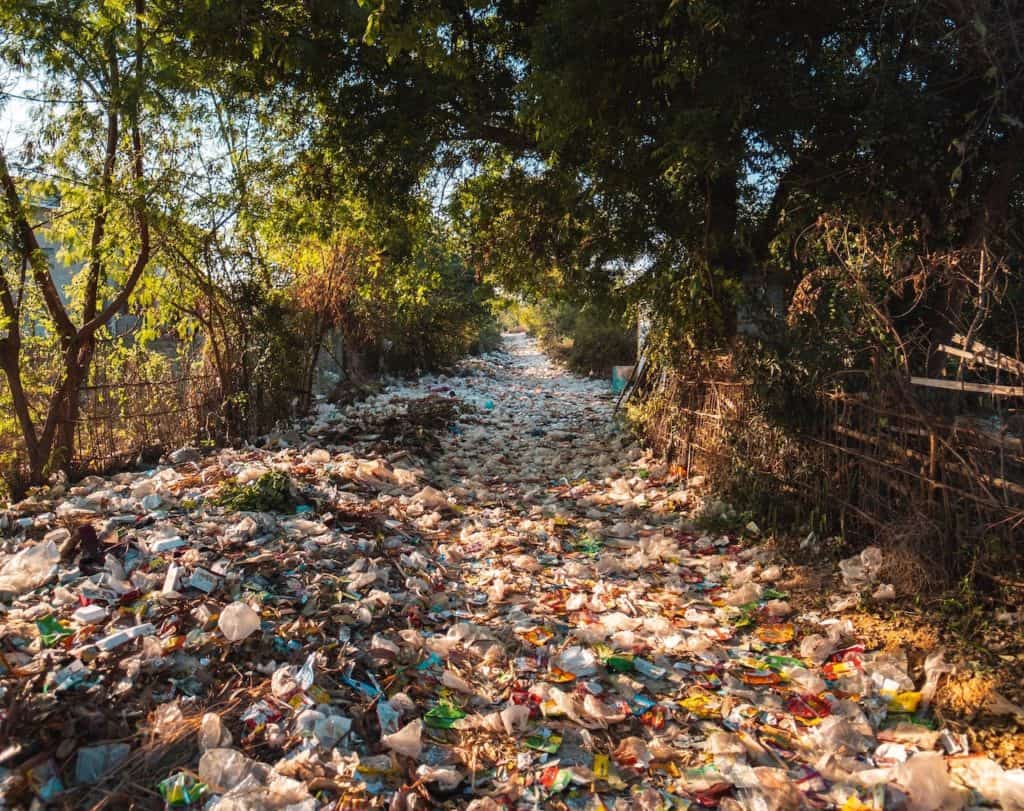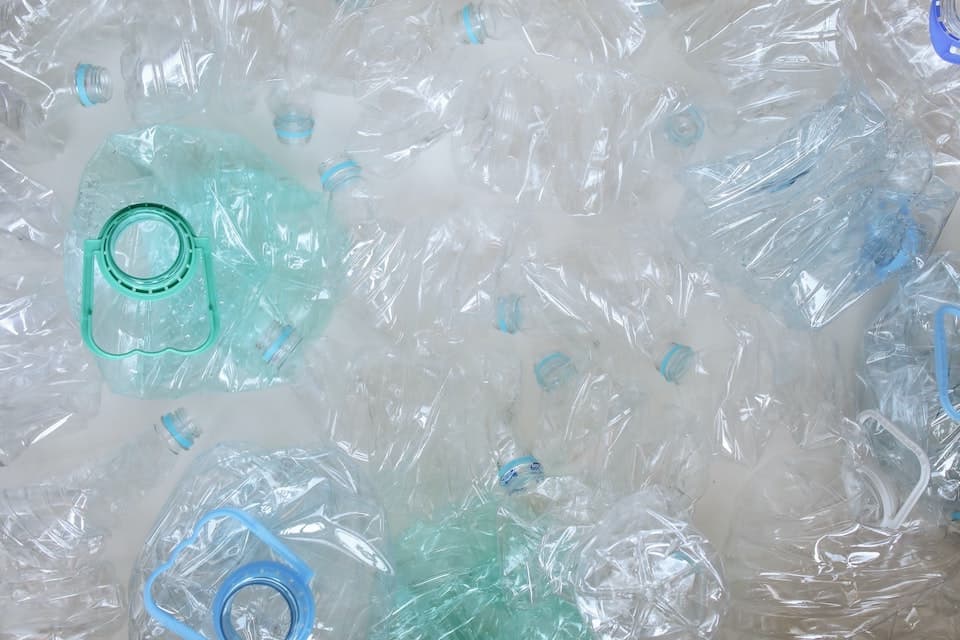HDPE Vs LDPE
HDPE has a high tensile strength, with toughness and good chemical resistance. This makes it suitable for making containers. LDPE is translucent, strong and easy to weld. The material is often used for plastic wrap, containers and laboratory equipment. Both plastic materials are recyclable.
What Is HDPE?
High density polyethylene (HDPE) is a type of polyethylene with a density higher than that of LDPE. The reported melting point of HDPE, ~ 125 °C, is in the range of 120 to 130 °C. With a high melting point, HDPE is a strong and rigid plastic.
It has a crystalline structure that makes it stiff and less flexible compared to LDPE. HDPE is an excellent material for making products that need to withstand high impact, such as containers, pipes, and even playground equipment. This plastic is also known for its chemical resistance and electrical insulation properties, making it ideal for use in packaging and electrical applications.
HDPE Key Summary
- Durability: HDPE is a strong and rigid plastic that can withstand high impacts and stress, making it ideal for products that need to endure physical wear and tear.
- Chemical Resistance: HDPE is resistant to many chemicals, making it a suitable material for containers and pipes used in chemical industries.
- Electrically Insulating: HDPE is an excellent insulator, making it ideal for electrical applications.
- High Melting Point: HDPE has a high melting point, which makes it suitable for high-temperature applications.
- Cost-Effective: HDPE is an economical material compared to other plastics, making it an attractive option for manufacturers looking to reduce production costs.
- Versatile: HDPE can be molded into various shapes and sizes, making it a versatile material for a wide range of applications.
- Weather-Resistant: HDPE is resistant to weather, making it a suitable material for outdoor applications, such as playground equipment and garden furniture.
- Food-Safe: HDPE is food-safe and does not leach harmful chemicals into food, making it an excellent material for food packaging and storage containers.
- UV-Resistant: HDPE is resistant to UV radiation, making it an ideal material for outdoor applications, such as garden furniture and playground equipment.
HDPE Materials
What Is LDPE?
LDPE, on the other hand, is known for its flexibility and versatility. It is a low melting point plastic that is often used for flexible packaging materials such as plastic bags, grocery bags, and other forms of food packaging.
The polymer chains in LDPE are loosely structured, giving it a softer and more flexible texture compared to HDPE. It also has a low crystalline structure, making it ideal for molding into different shapes through injection moulding.
LDPE Key Summary
- Flexibility: LDPE is a flexible plastic that can be moulded into various shapes and sizes, making it a versatile material for a wide range of applications.
- Versatility: LDPE is a versatile material that can be used in many different industries, such as packaging, agriculture, and medical equipment.
- Low Melting Point: LDPE has a low melting point, which makes it suitable for low-temperature applications and easier to process compared to other plastics.
- Food-Safe: LDPE is food-safe and does not leach harmful chemicals into food, making it an excellent material for food packaging and storage containers.
- Water-Resistant: LDPE is water-resistant, making it an ideal material for products that need to withstand exposure to moisture, such as plastic bags and garden liners.
- Economical: LDPE is an economical material compared to other plastics, making it an attractive option for manufacturers looking to reduce production costs.
- Lightweight: LDPE is a lightweight plastic, making it easy to transport and handle, as well as reducing shipping costs for manufacturers.
- Chemical Resistance: LDPE is resistant to many chemicals, making it a suitable material for containers and pipes used in chemical industries.
- Easy to Process: LDPE is easy to process and can be moulded into various shapes and sizes through techniques such as injection moulding and blow moulding.
LDPE Materials
HDPE Vs LDPE: Chemical Structures
In terms of chemical structures, LDPE has a simple molecular structure compared to HDPE, which has a more complex arrangement. Despite its lower melting point, LDPE still has a high temperature resistance and can be used in applications that require exposure to heat.
HDPE And LDPE Plastic Materials
Plastics have become an essential part of our daily lives, from packaging food to storing household items, and even in medical equipment. Some of the most common types of plastics used today are HDPE (High-Density Polyethylene) and LDPE (Low-Density Polyethylene). Both of these plastics are derived from petroleum and have different properties that make them useful in various applications. When choosing between these two plastics, it is essential to consider the specific requirements of your application and select the plastic that best suits your needs.

